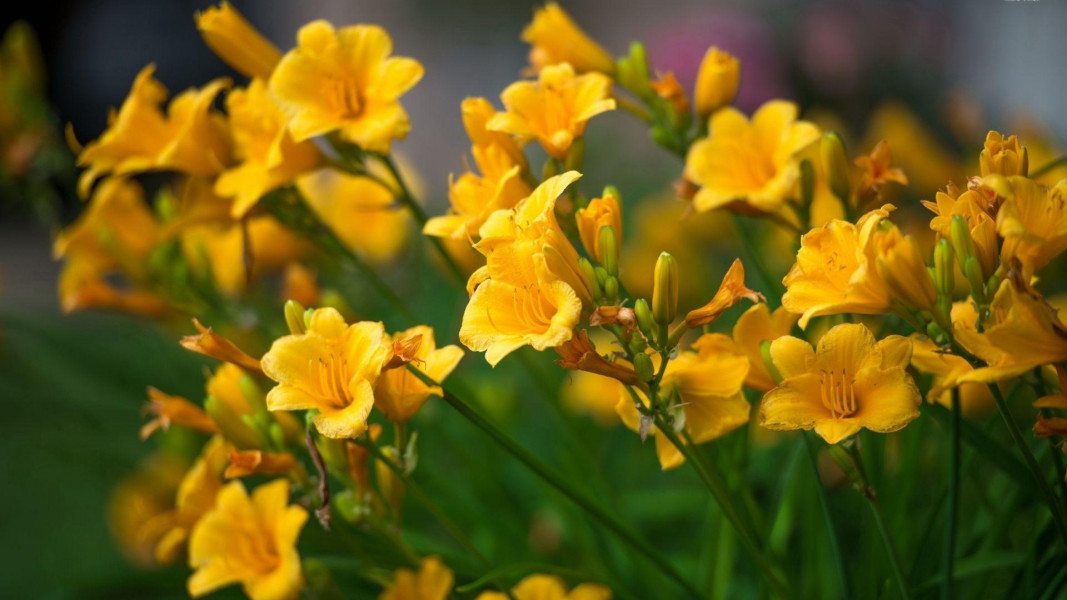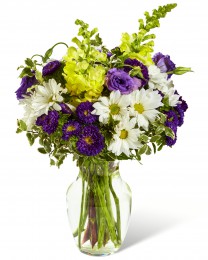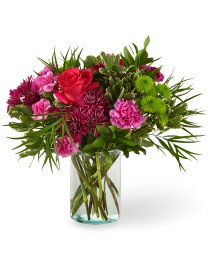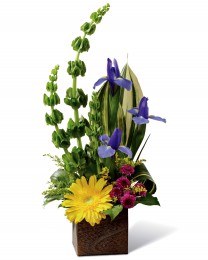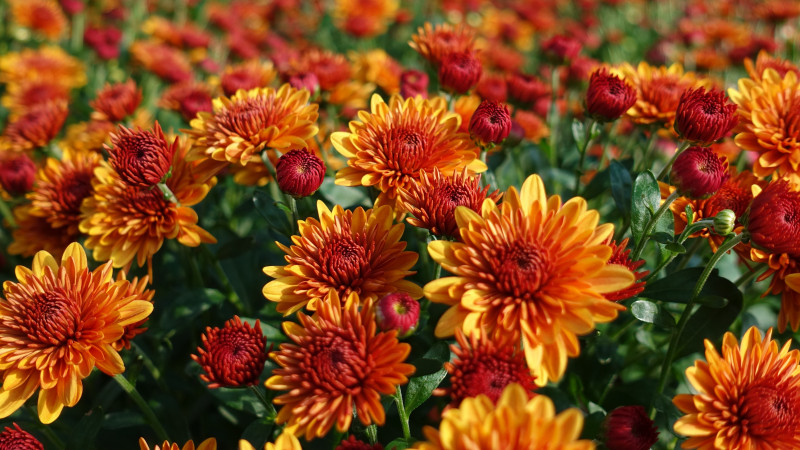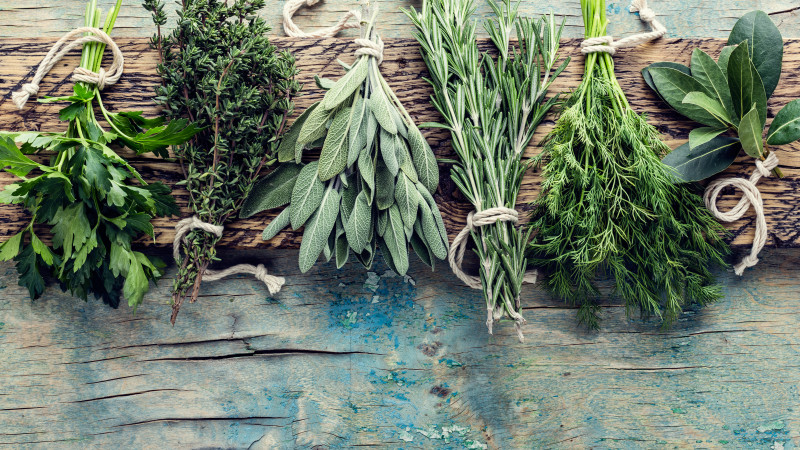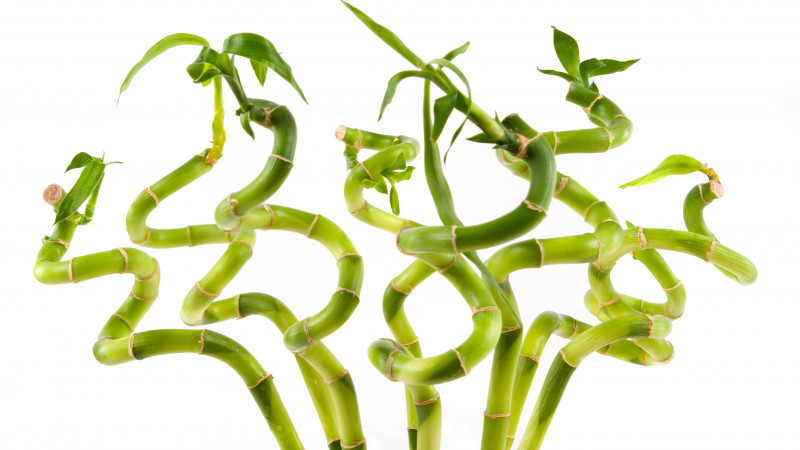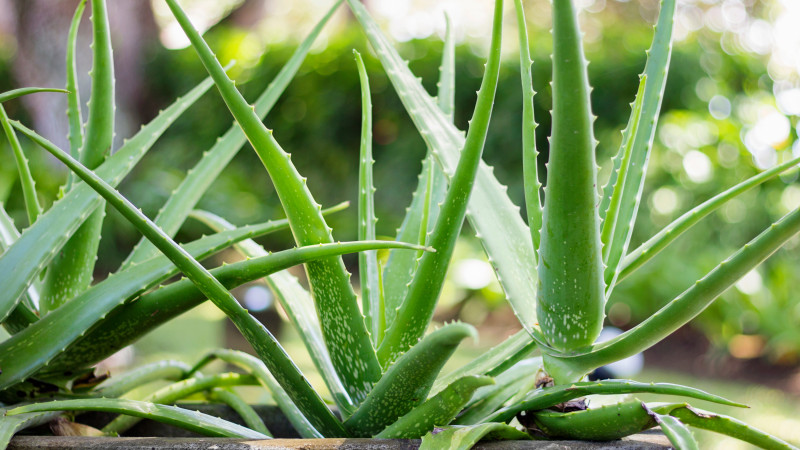Origins
Everyone knows flower freesias - one of the favorite flowers for bouquets. Less well known are the garden freesias, suitable for a sunny garden with a testament.
The beautiful fragrant freesia came down from the high plateaus of Cape Town in South Africa. Initially, only a few species were used, but due to the great interest in this crop, intensive selection activities began. Today, more than 200 varieties with a diversity of colors are distributed. A large part of the greenhouse areas in the Netherlands and France are occupied by freesia. It is characterized by the fact that it is very capricious to light, does not tolerate acidic soil and salinization, and has claims to moisture.
Planting
Freesias are planted in autumn (and in colder areas in spring), with the sharp end up, at a depth of 2 in and at a distance of 3 in from each other. Some gardeners advise, just before planting, to soak the bulbs in a fungicide for about 15-20 minutes. The initial watering may be more abundant, but then the freesias need moderate watering.
In autumn, the bulb forms roots and accumulates nutrients so that the proud freesia can bloom again in spring. When picking flowers for fragrant bouquets, as well as after blooming, the leaves should not be cut - they collect sunlight and thanks to photosynthesis help strengthen the bulb to preserve for next year. In summer, the leaves turn yellow and die, and the plant becomes dormant until the next growing season.
Light
Freesia has high light requirements. When it is not enough, the plants are pulled out and look ugly.
Temperature
It must be noted that freesias heat requirements are changing. During growth the optimal temperature is 46-54°F, during budding 54-60°F.
If the temperature in this period is much higher, the growth is vigorous and flowering is slowed down. Temperatures below 48°F also have a depressing effect. It should be noted that the deformations resulting from the wrong temperature regime are detrimental.
Humidity
The freesias are also very demanding in terms of high humidity. In the beginning it should be over 50%, and later it decreases. At higher humidity there is a risk of gray rot.
Soil
The soils in which freesia is grown should be light, permeable. The mixture consists of peat or well-decomposed manure, turf soil and sand. It is important to know that it does not tolerate salinization, as well as acid reaction. The acidity is corrected by adding a little quicklime or chalk to the mixture.
Reproduction
Reproduction is by seed and vegetatively. The seeds are sown from mid-April to June in boxes with a soil mixture of leaf litter and fertilizer. At a temperature of 68-72°F mass germination occurs after 25 days.
Watering and hydration
Freesia is watered moderately. You do not need to water the blooms every day. If you water daily, the amount of water may be less than wetting the soil over its entire surface.
Wintering
Freesias do not withstand the cold and sometimes even a frosty night can ruin them. To prepare them for winter, after blooming you need to water them very little. In recent weeks, watering should even be kept to a minimum. The leaves that have dried should be cut. Before the first frost in October, you need to harvest them. To do this, carefully dig the tubers out of the soil and leave them for 2 days to dry at room temperature. Clean them from the soil and store them at a temperature of 59-68°F, preferably in a box. It would be good if you cover them with straw.
How to extend the life of freesias in a vase?
Freesias are extremely beautiful flowers that retain their beauty in a vase of water for a long time. They usually last from 7 to 10 days, but when cared for, they can stay fresh for up to 3 weeks after cutting them from the stem. Care includes regular replacement of water with fresh and pruning diagonally the end of the stem, which will limit its rot. They can also be enhanced by placing food for a cut color, which helps the buds to develop and radiate their strong aroma.

